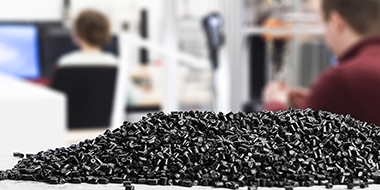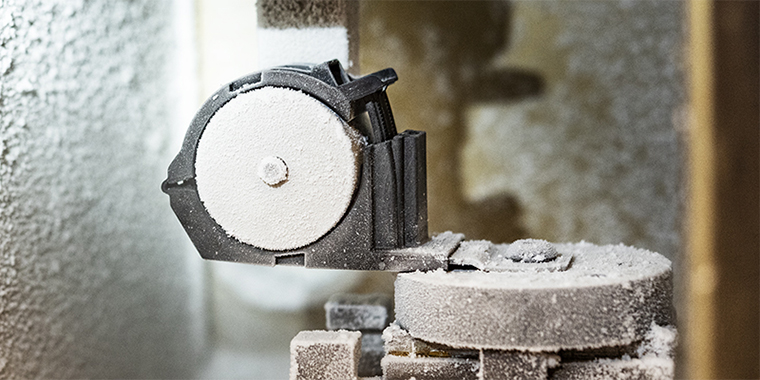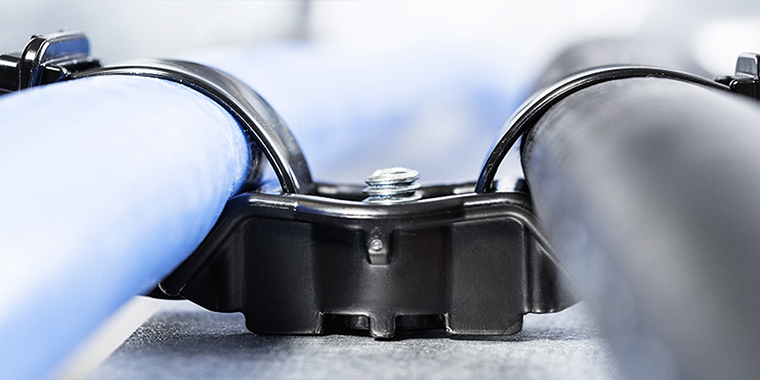How do you fix the invisible problem?


How do you fix the invisible problem?
I consider myself a serial problem solver. I can get the kids to where they need to be at the same time on opposite sides of town. I can help a customer mount cables where there’s no apparent way to do so. I even chip away at problems while driving to work.
Obvious problems are easy to pick out, right? If I go to start my car on a frigid Wisconsin morning and it doesn’t start, that’s a problem. And I don’t ignore it; I begin the steps to correct it and before long, the problem’s gone.
But what if it’s embedded into those things you or I do every day, and it’s become so routine, it doesn’t seem like a problem? How many of those problems are we living with every day? And what’s the long-term effect?
That’s an insidious predicament. A challenge that, at least from my professional side, keeps me up at night.
My career has taken me to many OEM plants and factory floors. I’ve seen many “interesting” practices during assembly and building processes. Some people can be quite creative when it comes to getting their job done! Like using a hot glue gun to hold mounts down or slathering on some grease just to make a bad solution work.
At least these companies identified they had problems and tried to fix them, even if it wasn’t the most effective way.
But how do you solve a problem you don’t even know you have?
Here are three of my favorite, sure-fire ways to get there.
Observation
I’ve found that observing a customer is better than asking where they’re having problems.

It’s like asking a child if they like candy. Of course, they are going to say, “Yes!” But if you were to put various types of candy in front of them, they probably wouldn’t like all of them.
That’s how it goes on a factory floor. When I ask where they are struggling, I hear, “Everything is fine, we don’t need to change anything.”
But when I observe their processes, I can easily identify areas that could be improved. It can be as simple as moving a tool closer to the assembly station or more complex, like eliminating multiple parts by providing one that does the work of three.
When meeting your customers, get out of their office. Walk around, observe and you will find opportunities to help reduce nuances that hinder efficiency.
See the big picture
People can get hung up on a small portion of a larger problem. You know the saying, “getting stuck in the weeds.”
While it’s important to recognize the small things, dwelling on them can distract us from a major issue. I’ve watched people in many facets of business (not just on a shop floor) get so fixated on the small details that they completely miss something you or I would instantly flag.
Imagine obsessing over a slight color blemish on the inside of a plastic bucket while there is a huge hole in bottom of it. The blemish should be addressed at some point, but where should the focus be?
Step back. Way back, if necessary. Solve the problems that deliver the highest benefits first.
Identify pain points
Back to my point about the car not starting in the morning. Is it because you put off replacing the battery? Do you have a child who constantly empties the tank without refueling? How could it have been avoided?
Taking time to identify what isn’t working can help sharpen your focus on what needs to be fixed. Pain points can be in any area of the business – productivity, labor, inventory, employee safety, etc.
I’ve seen operators performing activities that tend to be repetitive in nature and ultimately lead to injury. These injuries cost companies money due to worker’s compensation and time off the job. That directly impacts efficiencies, output and the bottom line.
If these types of pain points are identified early, or better yet, anticipated, they could be avoided. Not only would this save money, but more importantly, it would provide employees with a safer work environment.
We can get stuck on autopilot in our day-to-day routines. That’s why it’s important to have a system in place to stop and assess. Take the time to step back and take in a wider view. Look around. Look deeper. You might just see a problem you didn’t know you had!

About the Author:
Missy DeBord is HellermannTyton’s National Account Manager for the electrical market. She began her career at the company in 1989. Missy develops new business opportunities with our distributors throughout North America, working on strategic plans to help them build value for their customers. Formerly a product category manager with the company, she utilizes her extensive product expertise to solve challenges more efficiently for distributors and end users. She is the vice chair of the Cable Ties section committee for NEMA and played a key role writing the NEMA Classification and Application Guides to provide electrical installers important information related to the UL 62275 standard. She rarely slows down but enjoys spending time with family, traveling, playing golf and outdoor activities.




